Fuzz on fruits is nature’s way of adding protection. That soft layer of fine hairs or bloom helps reduce moisture loss, ward off pests, and even shield the fruit from harsh sunlight. But beyond its purpose, fuzz gives certain fruits a distinctive texture and charm. Some are subtle with just a hint of velvet, while others are boldly hairy and unmistakable to the touch. In this A to Z list, we explore the fascinating world of fuzzy fruits—those that wear their softness proudly on the outside.
Apricot
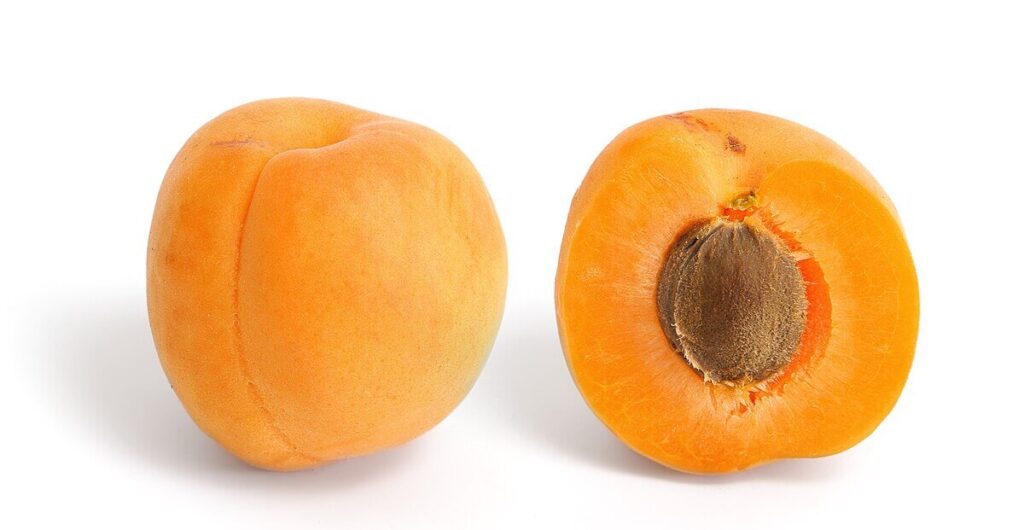
Apricots are small, golden-orange fruits with a soft, velvety skin that feels smooth to the touch. Inside, their juicy, mildly sweet flesh surrounds a central pit, making them ideal for eating fresh, drying, or using in jams and desserts.
Chestnut
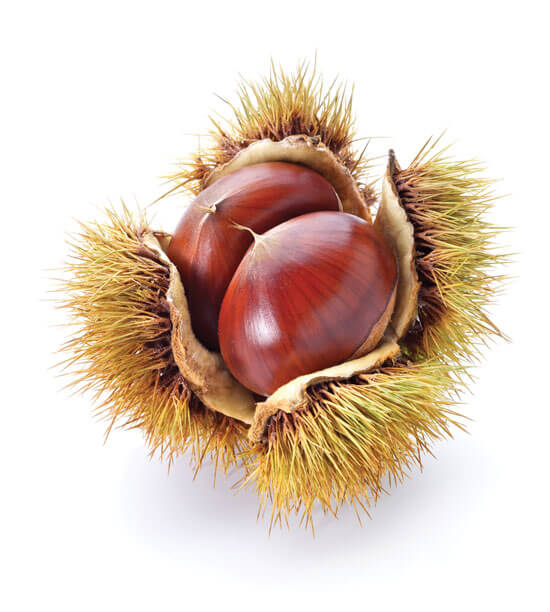
Encased in a spiny, protective husk, the chestnut fruit itself is smooth and shiny, but the outer shell is hidden beneath a fuzzy, burr-covered casing. Once roasted, chestnuts become soft, starchy, and slightly sweet—popular in both savory and sweet dishes.
Coconut
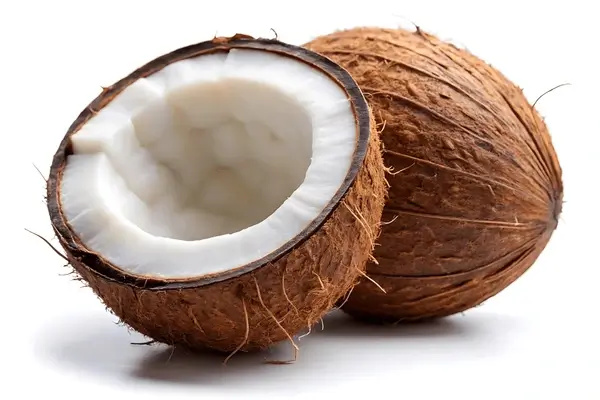
While the familiar brown coconut is rough and hairy, the outer husk of a mature coconut is thick and fibrous with a coarse texture. Inside, it offers refreshing water and firm white meat, often used in drinks, curries, and desserts.
Cupuacu
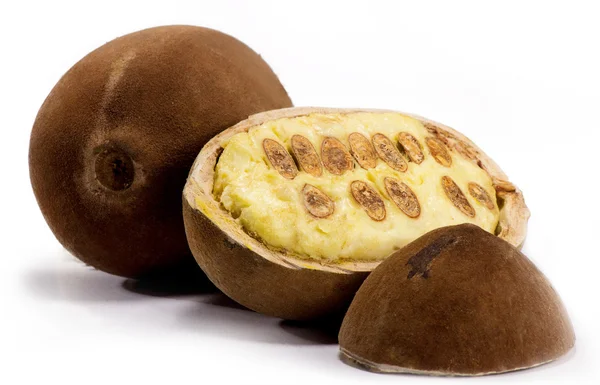
Native to the Amazon rainforest, cupuacu is related to cacao and has a fuzzy brown rind that protects its fragrant, creamy pulp. The fruit is rich in antioxidants and is often turned into smoothies, sweets, and beauty products.
Figs
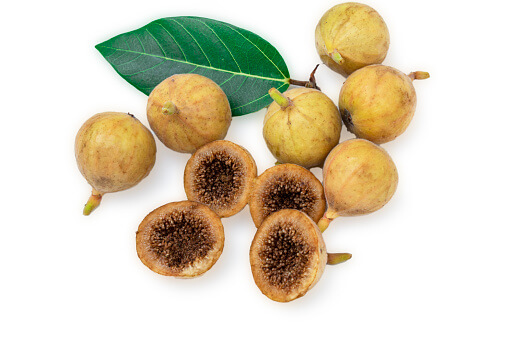
With their thin, slightly fuzzy skin and soft, bulbous body, figs are one of the most delicate fruits. Inside, they’re filled with honeyed, jam-like flesh and crunchy seeds, making them ideal for snacking or pairing with cheese and nuts.
Fuzzy Melon
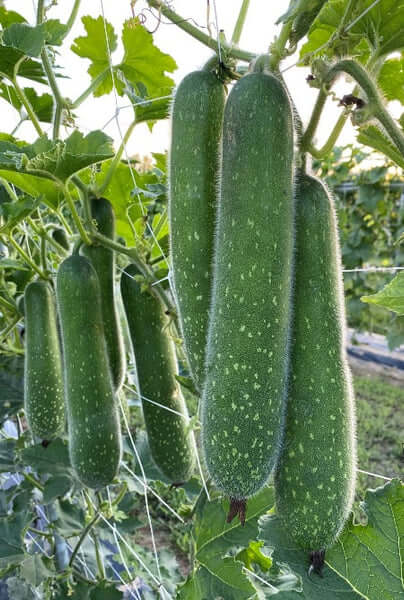
Also known as moqua, fuzzy melon is a pale green gourd with a soft, downy fuzz on its surface. When cooked, its mild flavor and tender flesh absorb surrounding flavors, making it a staple in stir-fries and broths.
Huito Berry
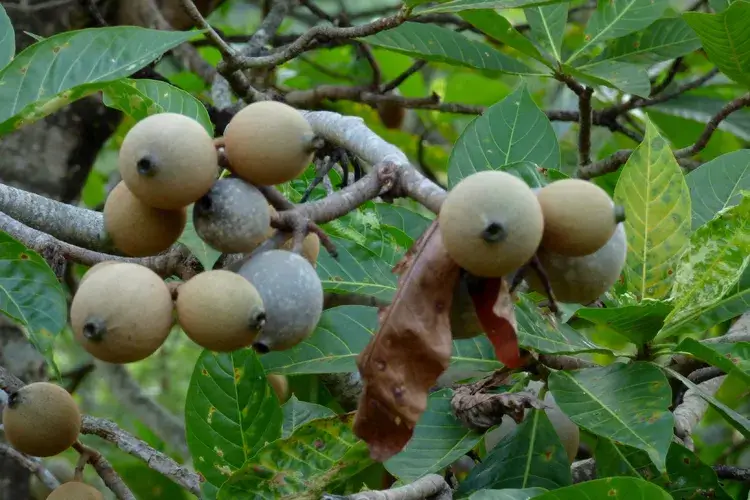
The huito berry has a faintly fuzzy, greenish-blue skin and produces a dark pulp used traditionally as a natural dye or temporary tattoo ink. Its juice is sometimes consumed, though it’s more renowned for its cultural applications.
Kiwi
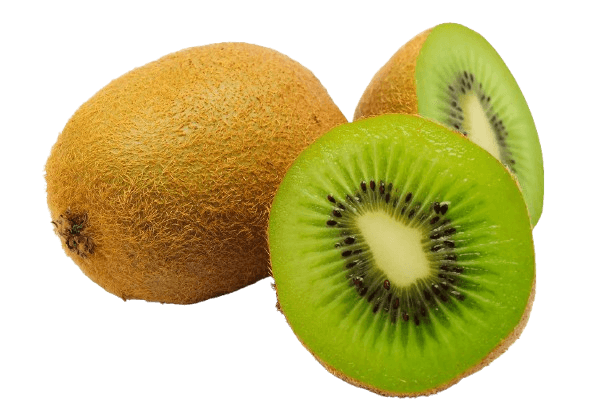
Brown, oval-shaped, and covered in fine fuzz, the kiwi hides bright green flesh inside, speckled with tiny edible black seeds. Tart and juicy, kiwis are rich in vitamin C and often enjoyed raw, in salads, or blended into drinks.
Langsat (Lanzones)
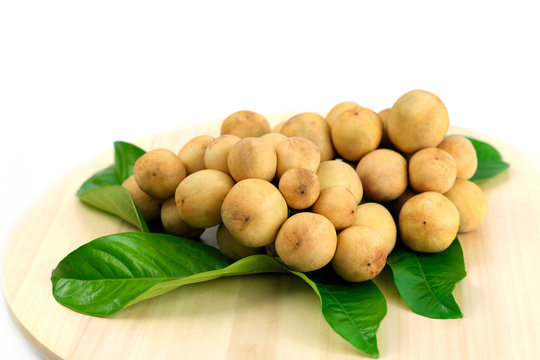
These small, round fruits grow in clusters and have pale yellow, slightly fuzzy skins that peel easily. Their translucent flesh tastes sweet and tangy, sometimes compared to a grape or lychee, with a hint of bitterness from the seeds.
Loquat
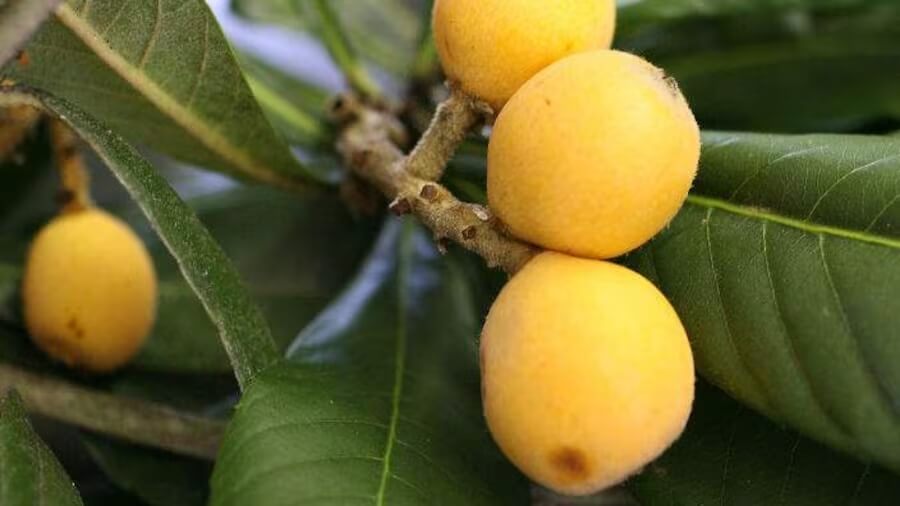
Shaped like a miniature pear or egg, loquats have golden-yellow, downy skin and grow in small bunches. Inside, the juicy flesh is mildly sweet with a citrusy tang, and they are often eaten fresh or turned into jams and chutneys.
Mabolo
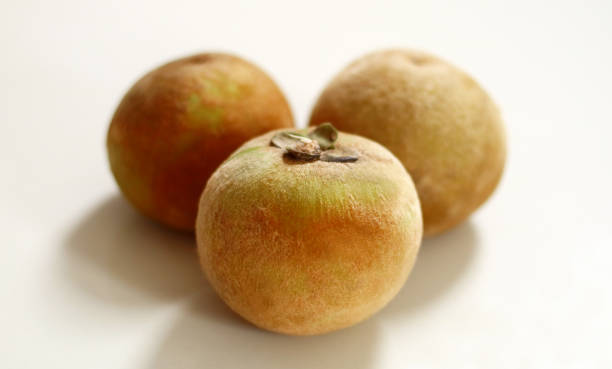
Often called the velvet apple, mabolo has a vibrant reddish-brown skin covered in fine, velvety fuzz. The creamy, off-white flesh has a custard-like texture and a unique aroma that can be polarizing, but its mild, sweet flavor appeals to many.
Mamey Sapote
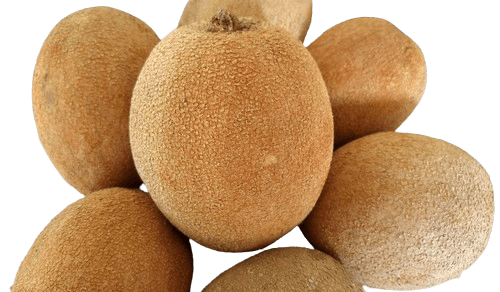
This large, tropical fruit has a sandpaper-like, russet-brown skin with a fuzzy feel. Inside, its orange flesh is dense, sweet, and creamy—often compared to sweet potato or pumpkin—and used in smoothies, ice cream, and baked goods.
Medlar
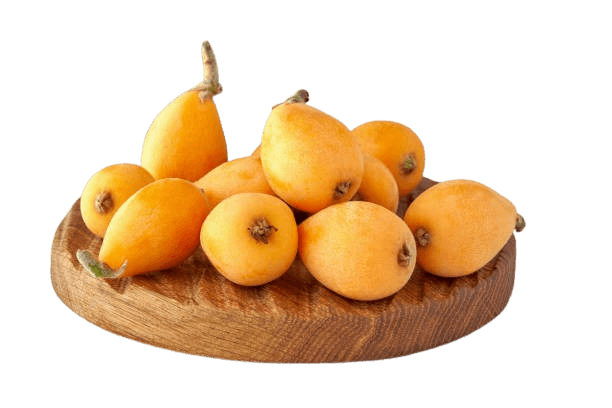
Medlars are small, brown fruits with soft, fuzzy skin that resemble tiny apples. They are typically eaten when bletted (overripe and soft), offering a sweet, spiced flavor with hints of applesauce, cinnamon, and dates.
Naranjilla
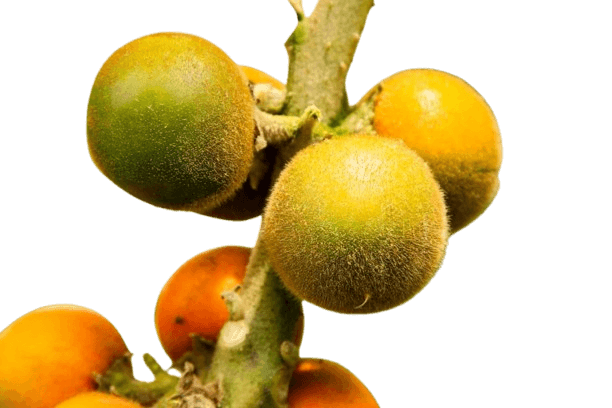
Naranjilla, or “little orange,” has bright orange, slightly fuzzy skin and a tart green interior. It’s prized for its tangy juice, commonly used in South American beverages, sauces, and desserts.
Peach
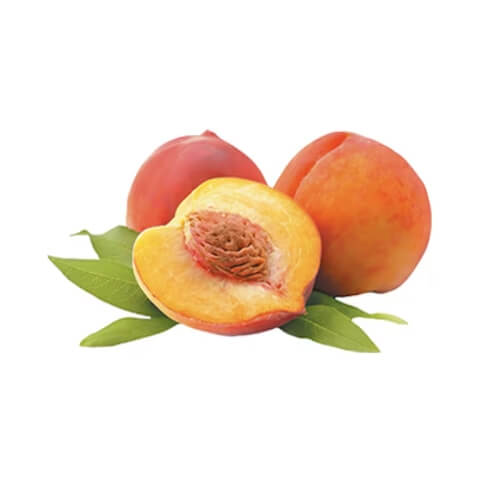
Peaches are beloved for their juicy, golden flesh and signature fuzzy skin, which ranges from yellow to deep pink. Their sweet, floral aroma and soft bite make them perfect for fresh eating, baking, and canning.
Prickly Chayote
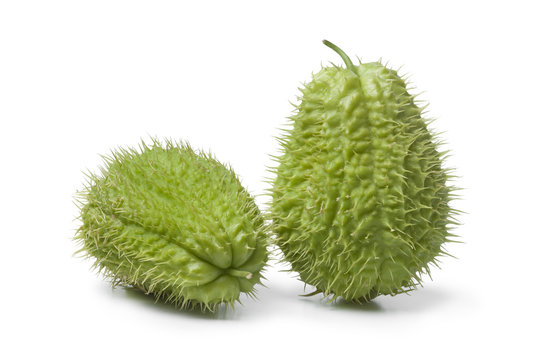
This gourd-like fruit can develop small spines or fine fuzz, especially in wild varieties. Though its flesh is firm and mild, its spiky exterior can make handling tricky without glove.
Pulasan
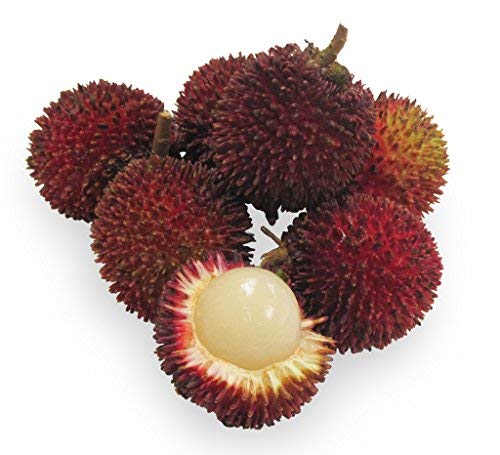
Very similar in appearance to rambutan, pulasan has a red, spiny shell that peels back to reveal sweet, juicy white flesh. Though lesser known than its cousin, it’s considered by some to be even more flavorful.
Quince
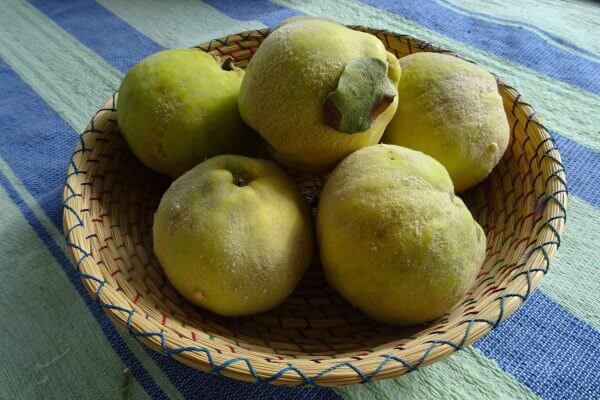
Covered in a dense, fuzzy coating when unripe, quince has a strong fragrance and yellow skin that becomes smoother as it matures. While its raw flesh is hard and astringent, it softens and sweetens beautifully when cooked.
Rambutan
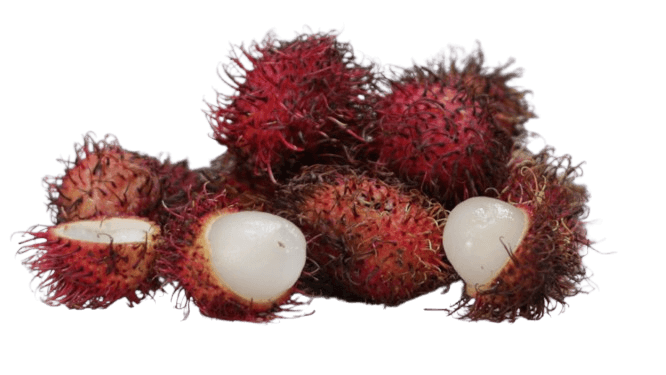
This tropical fruit is instantly recognizable for its hairy, red exterior that looks almost like a sea urchin. Inside is a translucent, juicy orb of flesh that’s sweet, slightly floral, and closely related to lychee.
Santol
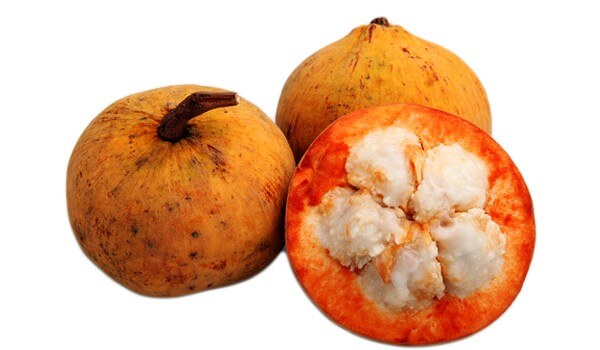
The thick, fuzzy skin of the santol can range from yellow to reddish-brown, depending on ripeness. Its inner white segments are tangy and slightly sour, commonly eaten fresh or turned into jams and preserves.
Sapodilla
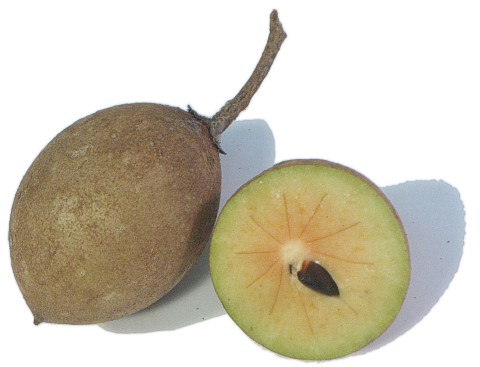
Sapodilla has a soft, sandpapery brown skin with a light fuzz that conceals grainy, sweet flesh inside. Its taste is reminiscent of brown sugar and pears, making it a favorite for smoothies and desserts.
Thorn Apple
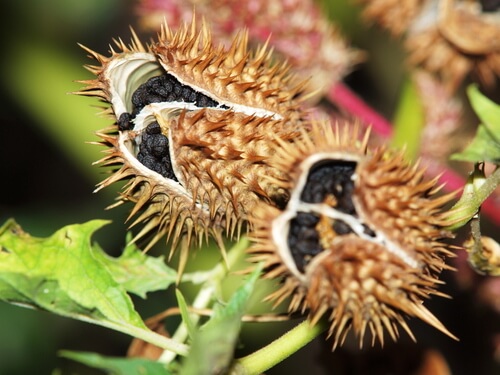
Also known as Datura, this spiky, inedible fruit has a hairy, prickly appearance and contains toxic seeds. Though not consumed, its unusual exterior earns it a place among nature’s fuzzy oddities.
Velvet Tamarind
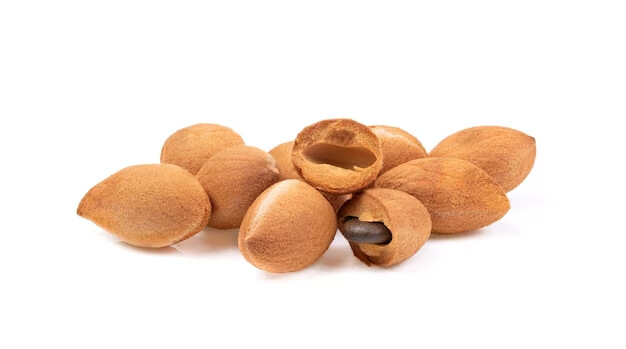
This small, dark fruit has a fuzzy, velvet-like outer shell that cracks open to reveal sticky, tangy-sweet pulp. Popular in parts of Africa and Asia, it’s often eaten fresh or made into drinks and candies.
Wild Peach
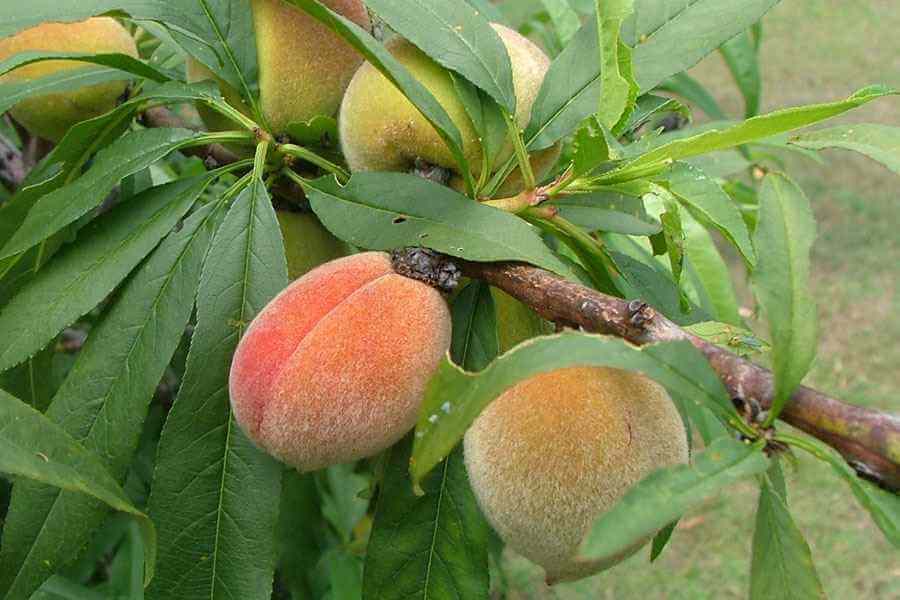
A distant cousin of the cultivated peach, wild peaches are smaller and often fuzzier, with a tougher, more fibrous texture. Though not as juicy, they still offer a peach-like flavor and are sometimes foraged for preserves.
